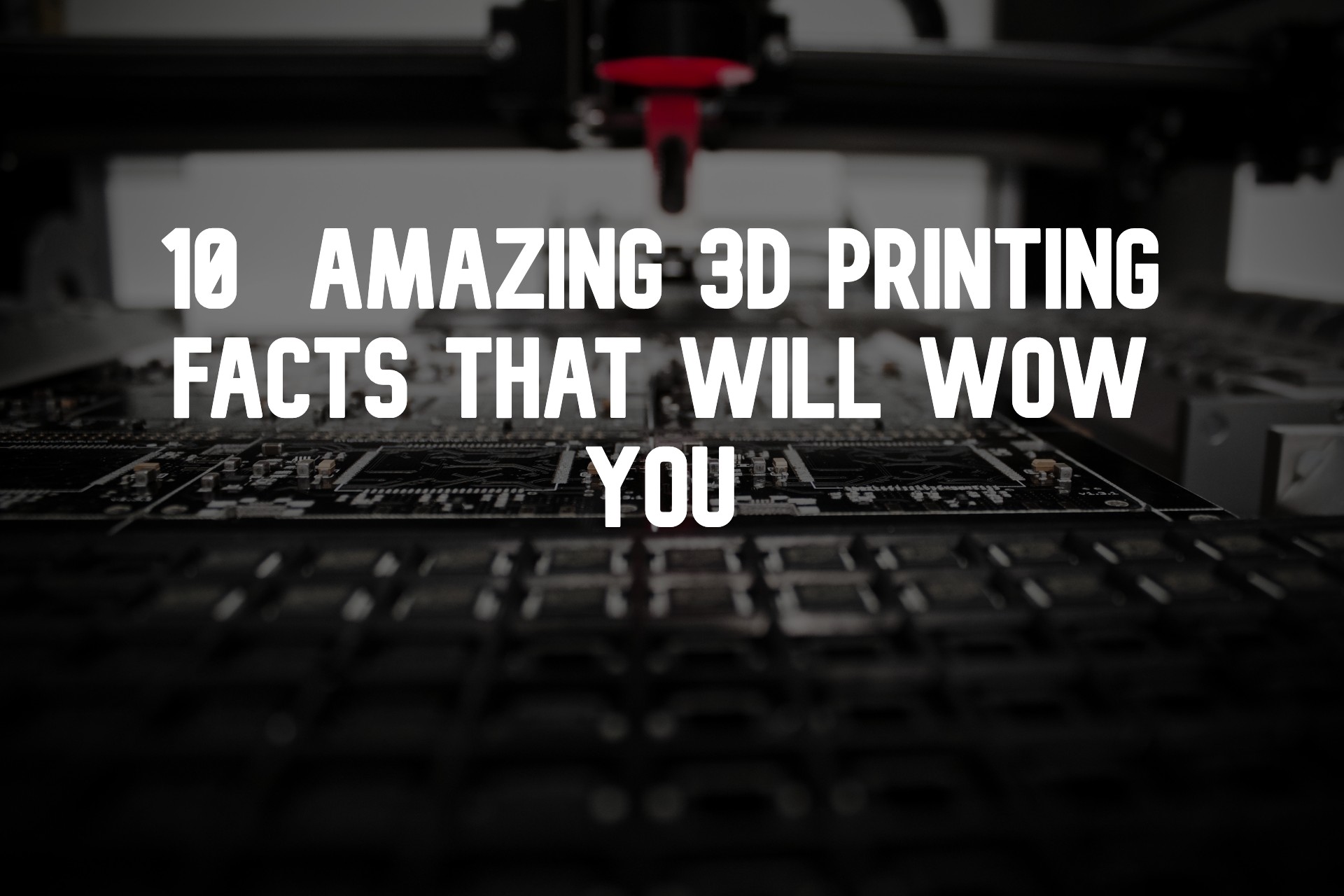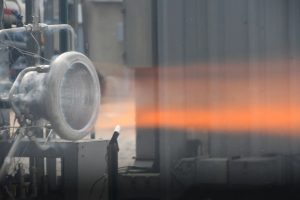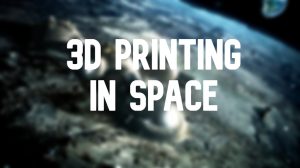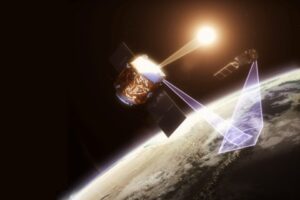10 Outstanding Facts about 3D Printing that Will Wow You
15th Sep 2022
The modern world is unthinkable without technology. Today let’s look at one of the most promising of upcoming technologies – Additive Manufacturing. This is a method of reproducing three-dimensional objects from digital models by building them up in layers on a machine called a 3D printer. You may already know a little about this tech, but we are sure that these cool facts about 3D printing will really amaze you and will help to complete the picture. So take a seat, and let’s get started.
Fact #1: 3D printing was invented in the last century
You might be surprised, but the first printer to create three-dimensional objects appeared in 1983, just a year after the first CD. It was invented by Chuck Hull, an employee of a small business that made durable acrylic tabletop coatings using UV lamps. Chuck used an ultraviolet laser to solidify a liquid photopolymer to quickly turn computer designs into working prototypes. In 1984, the method was patented and called Laser stereolithography, or SLA. In 40 years, CDs are already a thing of the past, but 3D technology keeps evolving.
Fact #2: There are a lot of methods to print in 3D
Besides stereolithography, there are four main printing methods.
- Fused deposition modelling, (FDM) – objects are formed from a molten filament of plastic or polymer composite.
- Selective laser sintering, (SLS) – layer-by-layer deposition of polyamide or plastic powder by a laser.
- Selective Laser Melting (SLM) and Direct Metal Laser Sintering (DMLS) – SLS varieties with a higher melting point, allowing for greater uniformity, accuracy and strength of the finished object. Ideal for pure metals such as titanium or aluminium.
- Color-Jet Printing (CJP) – layer-by-layer bonding and colouring of composite powder based on gypsum or plastic. Allows one to create full-colour three-dimensional models with an accuracy of 0.1 mm.
In practice, there are many other methods. Companies are constantly experimenting with technologies and materials, creating new ways to obtain objects of different sizes, shapes, and durability.
Fact #3: It’s not only for prototyping
At first, the technology was indeed used for prototyping, as it was a quick and cheap alternative to standard methods. But as the technology improved, it became an affordable option for mass production. Many companies from various industries successfully use 3D printers in full production cycles, creating both small structural parts and finished products.
Fact #4: 3D printers save lives
Additive manufacturing is increasingly integrated into the medical industry. It is used to make casts, prostheses, implants, surgical instruments and even organ models for training and preparation for complex operations.
3D-printed prosthetic arms, legs, knee joints, and individual bones help people with physical injuries live normal lives again. In the video below, you can see how the printed hand prosthesis works.
Far more impressive, however, are the experiments with bioprinting. For example, researchers from the University of Newcastle managed to develop and print an artificial cornea of the eye. The success makes it possible to talk about creating a bionic eye that can fully replace the human eyeball in the near future. In addition, 3D bioprinting enables the creation of various tissue structures, such as kidney tissue, skin, and even blood vessels. And these are really exciting 3D printing technology facts!
Fact #5: You can print a gun
One of the most interesting facts about 3d printing is that you can print almost everything, including a real gun. In 2013, American designer and head of Defence Distributed, Cody Wilson, created the Liberator plastic combat pistol, and all of its details were made on a 3D printer. The only part that the printer could not produce was the metal head. The pistol was named after the FP-45 Liberator, created during the Second World War, and the reason was the extreme simplicity of both designs — the FP-45 consists of 23 parts, while the Liberator — of only 16.
Wilson’s invention was met with a mixed reception. On the one hand, one could become the owner of a cheap weapon for protection (Wilson published the design drawings); on the other one, it could be used for illegal purposes. That is why the US authorities demanded the removal of the model from the official website in order to eliminate the danger of artisanal production without a serial number.
Be that as it may, Wilson answered a pressing question, “can anyone print a gun for oneself with the advent of 3D printers?”
Fact #6: 3D printing facts in space
It would seem that we shared enough incredible 3D printing facts, but here’s another one: there is a 3D printer in space. It is placed on the International Space Station and helps the astronauts by printing various tools and functional elements for the station. By the way, this is the second printer at ISS. The first was delivered in 2014 as an experiment to prove the possibilities of additive manufacturing in microgravity.
Also, aerospace companies widely use this technology in the construction of satellites and launch vehicles. And when we return to the Moon, NASA is going to print many elements of the future lunar base using lunar regolith soil. You can read more about 3D printing technology in space in our dedicated article.
Fun facts about 3D printing
You probably see already that additive technologies allow us to create almost any item. We have already covered serious inventions, so let’s have some fun now.
Fact #7: The biggest 3D printed house? Easily
In 2019, a building was put into operation in Dubai, the walls of which were made on a 3D printer. The 31-foot-tall, 6,889-square-foot concrete structure not only cost three times less than traditional construction but also produced 60 per cent less waste. Due to its size, the house made it to the Guinness Book of Records, but it is not the first one built in Dubai using additive technologies. In 2016, an office was built near the Emirates Towers Hotel, marking the start of a strategic program to transform Dubai into a global 3D technology capital.
Fact #8: 3D printed food – Not tasty but healthy
Yes, you got it right. 3D-printed food is both tangible and edible. Currently, the list of 3D-printed dishes is limited to soft ingredients such as cheese, chocolate, syrup, and pasta. But despite this, scientists believe that research in this direction has potential.
In 2018, Spanish startup Novameat printed a steak and chicken breast. Of course, the meat was not real; instead, it was made from a paste based on rice, seaweed and legumes, which is why it tasted rather different from the original. But the company managed to preserve the nutritional value of the product, as well as imitate the structure of meat, which is quite impressive.
Fact #9: 3D printers help Hollywood to create blockbusters
Additive technologies are successfully used in the film industry. They are cheaper than computer graphics and allow printing many prop details much faster and cheaper than traditional methods. One can easily create realistic monsters, fabulous houses, fantastic costumes, and even entire worlds.
Here are some fun facts about 3D printing in movies. The Iron Man suit and terminator robots from “Terminator: Salvation” were 3D printed, and in the Black Panther film, 3D printing was used to create the image of Queen Ramonda, mixing traditional African culture with new-age technologies.
Fact #10: 4D printing is coming
This one is hard to believe, but it’s also an objective reality. The term was first used a few years ago to refer to a special technology for printing objects that change their characteristics over time. In other words, the “fourth” in 4D printing is not a dimension, but a parameter that is associated with the position or function of an object. And here, it all depends on the material used in the printer. Special materials change under the influence of water, heat, light, or mechanical impact and can also be programmed for certain actions.
Where can it be applied? In the same space! Using 4D printing, NASA engineers have created a protective metal fabric in the form of chain mail, which can bend, stretch and compress, but it is extremely difficult to tear. The agency plans to use this fabric to shield satellites, spacesuits and habitable modules, thus protecting them from collisions with space debris and exposure to solar radiation.
And this is what 4D looks like in the automotive industry. Check out this BMW car concept with 4D-printed triangular body sections. On turning, they will stretch so that the tires do not rub against the arches. Unbelievable!
These were the 10 most interesting 3D printing facts from Orbital Today. And which ones do you know? Share them with us!





Thank you for your comment! It will be visible on the site after moderation.